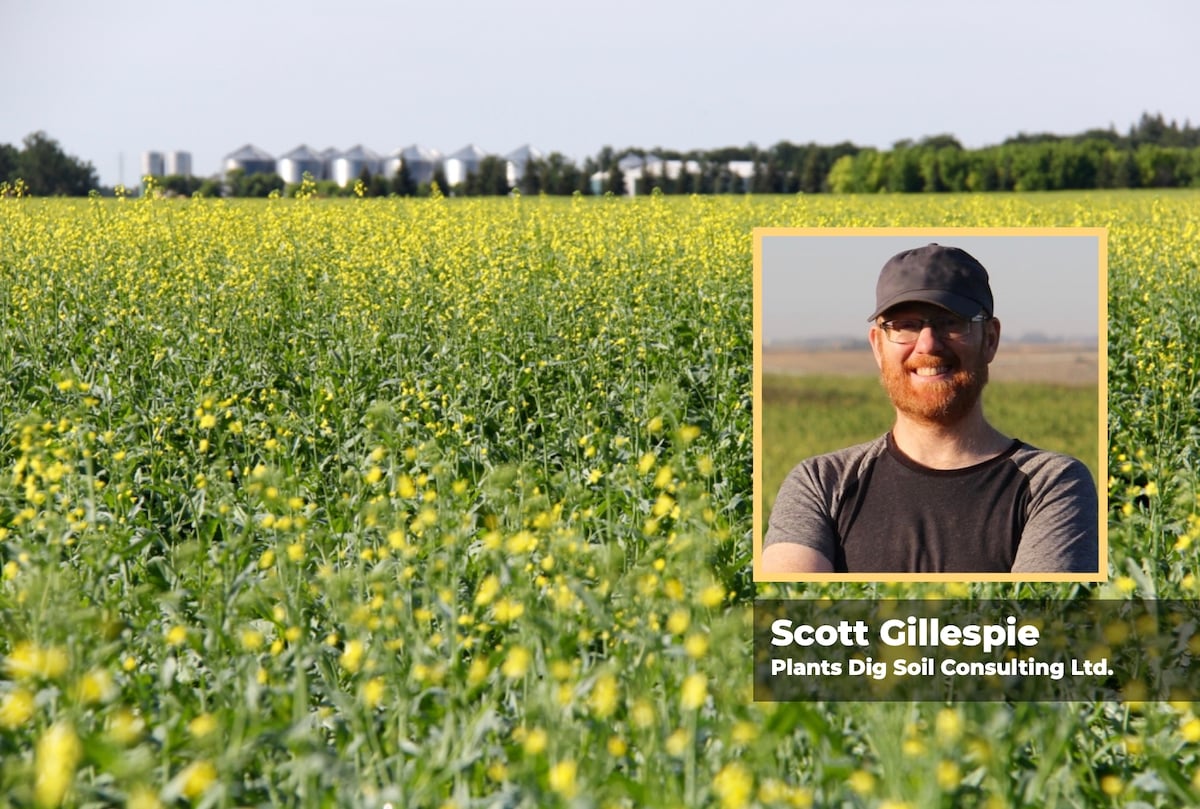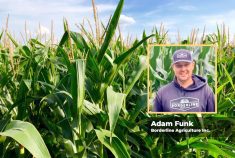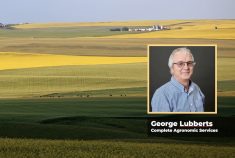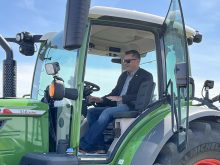Glacier FarmMedia – With new products, new production practices and new technology converging on the agriculture industry at a frenetic pace in recent years, independent agronomists and crop advisors are feeling the pressure to provide clients with recommendations sort the wheat from the proverbial chaff about what might or might not work on an individual farm.
Not only is the pace of new products and technology unrelenting, but ongoing budget cuts at all government levels have reduced or eliminated the valuable network of independent crop and livestock researchers who, for decades, provided reliable feedback on the efficacy of new technology.
And for producers the stakes are getting higher. A McKinsey & Company report indicates the cost of agricultural inputs has increased globally between 80 and 250 per cent in the last few years. It is costing farmers more to produce.
Read Also

More work wanted on removing red tape
REGINA — Canadian farmers risk falling further behind competitors if two main federal agencies don’t become more efficient and responsive…
So, when it comes to the value of great new ideas, where do producers place their input dollars in an attempt to optimize production and still realize a satisfactory return on investment?
There is no silver bullet answer to that complex question, say several independent consulting agronomists across Western Canada. Each consultant applies different strategies to evaluate new products, new practices and new technology to hopefully help producers make more informed management decisions.
In this three-part feature, we hear from three agronomists about their approaches to implementing new products and practices in the ag sector.
Read part one with George Lubberts and part three with Adam Funk here.
Scott Gillespie
Plants Dig Soil, Taber, Alta.
Scott Gillespie is a consulting agronomist and an instructor of precision agriculture at Lethbridge Polytechnic. He says it is a challenge to stay current on rapidly changing agricultural products and technology.
As the owner of Plants Dig Soil Consulting Ltd., Gillespie says that when it comes to new products and technology his first step is to see what’s available in terms of independent, third-party research results.
“I can’t rely too much on company trials or even farmer testimonials,” he says. “Those results are interesting, but I really need to look for third party research trials to see what work has been done.
“It is a challenge. There is just so much new stuff coming out that it is hard to keep up with the information and for research to remain relevant. For example, in some cases a new product may be introduced but if it takes four or five years to plan, complete and evaluate a three-year replicated trial, that product might have been replaced by something else.”
Gillespie says research results collected by applied research organizations as well as commodity organizations across Western Canada are excellent sources of information. “They develop properly designed research projects, often conducted as field scale trials. They provide very useful information that can be passed along to producers.”
When it comes to evaluating new production practices, it becomes even more of a challenge because the practice may require investment in new equipment. For example, Gillespie says evaluating strip tillage and precision planters involves buying new equipment.
“For some things I may need to look at well established research from further afield, such as in the U.S. and from that you can see if the new practice or technology would be of value under southern Alberta growing conditions,” he says. “If it seems to make sense then maybe more research is needed here to help with fine tuning that practice for local growing conditions. I can use that existing research to give me some idea whether something might be adapted locally.”
To deal with an avalanche of information on new products and new technology, Gillespie is hoping that artificial intelligence (AI) can help with research efforts.
“There is just so much information out there. How do you sort out what is the most relevant? AI has just exploded in the last couple of years so a year ago I tried using ChatGPT to help sort through the research information. You can pick a topic, ask ChatGPT some questions and see what it comes up with.” (He uses ChatGPT but notes that Google, Microsoft and several other platforms have similar applications as well.)
Gillespie says initially he found ChatGPT was making a lot of mistakes, but even as the program and AI database has improved over the last year so has the ChatGPT results. “I can go to a topic such as, for example, soil health tests and ask it what kind of tests are out there, what are the pros and cons, what are the benefits and what are the critics saying, and it produces a fairly decent report.
“Today ChatGPT is able to cite its reference sources so you can go to those research reports and determine how relevant they are. It is useful to have those references. It still has a way to go, you still need to verify things, but it helps narrow things down. It is better than a Google search that just provides a list of websites. You are able to find information faster.”
Along with AI technology, Gillespie says he also reads several online magazines and farm newspapers to keep current on products and trends.

















